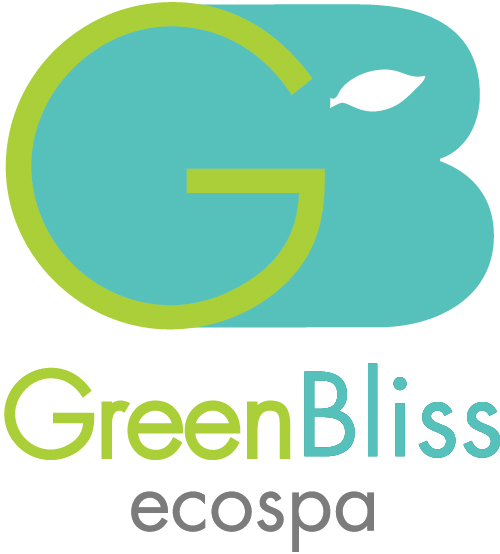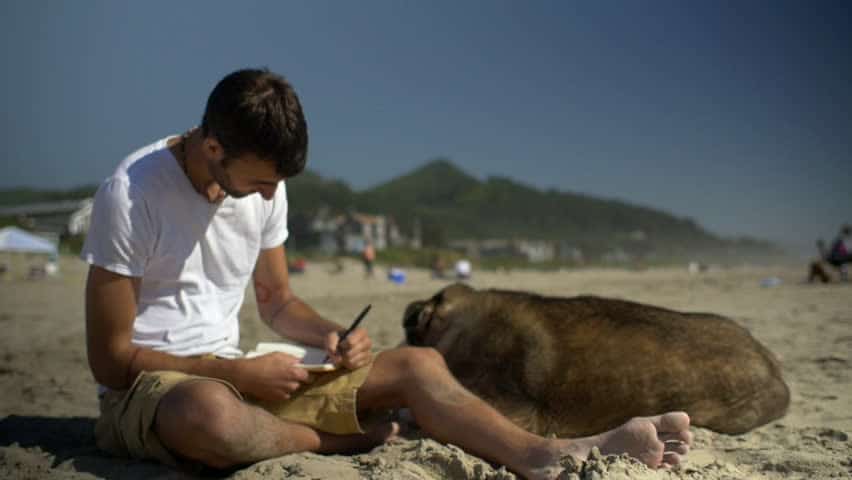Everyone needs a statement of declaration that contains all the mental, physical, emotional and spiritual beliefs for wellbeing that are important for his or her sustained good health.
A manifesto is defined by Webster’s as a “written statement that describes the policies, goals, and opinions of a person or group”. I like the word ‘manifesto’. It’s strong, definitive and connotes decisive action following considered thought. It brings to mind what radicals and disrupters and those intent on creating serious change all around themselves do: they write an explanation of a passionate vision and then go out into the world and begin making it happen. The writing is inextricably linked to the act of the doing. And nothing provides a better kick in the pants to get going than declaring something out loud.
Most of us already have a vision or philosophy about our overall wellbeing, so why do we need a manifesto? Consider that the way we think about our lives affects how we live them. And nothing is more worth thinking about in the strongest possible terms than our wellbeing.
Wellbeing is most commonly defined as a person’s day-to-day state of physical health or illness. But wellbeing is also about the good health present (or absent) in the rest of our life. The other components of thriving wellbeing might include such things as positive mental outlook, emotional balance tempered by sustained satisfaction and joy, resilience with setbacks and challenges, work one loves, creative outlets that feed the soul, close friends, loving family and partners, and optimism about the future. In short, everything that we are, and aspire to be, is an expression of our core wellbeing. Everything is related, everything is connected. A wellbeing manifesto will give you the opportunity to shine a light on how these aspects of your life are being rendered and truly give you a sense of their cause and effect relationships.
Nothing engenders clarity and truth more than writing. The simple act of putting pen to paper the old fashioned way begins a process of dialogue between subconscious thought and conscious awareness. It jiggles memory and sorts confusion. It sparks desire and creativity. It inspires change. Simply put, writing out your wellbeing manifesto will induce change: change in your expectations about your wellbeing, change in the way you go about reordering and prioritizing it, even in defining the various parts of it.
It needs to be said that manifestos are not for the faint of heart. There has to be a willingness to explore, to dive into the unknown – to wrestle with past failures and still have the energy of hopefulness for the future. Coming out on the other side is to see a clean slate where possibilities abound and fresh starts are mandatory. Nothing is off limits, and being judge-y about your past or current behaviors and patterns that you now deem unhealthy is what this exercise is all about. Own your stuff, all of it.
Perhaps your wellbeing manifesto will simply be in the form of a grocery list and will include simpler achievements baby-stepping into more complicated efforts:
Walk more
Drink more water and less vodka
Eat more greens
Laugh more
Save $100 more every month
Sit by a natural body of water once a month and meditate
Repair relationship with brother and sister-in-law
Sign up for continuing education course
Stop smoking
Perhaps you can write it in the form of a diary entry to your younger self or your older self. Maybe you’ll write it in the form of a rhyming poem or song lyrics and set it to music, or write it as though it were an unseen draft of the Declaration of Independence (probably one of the most famous manifestos ever written).
But find a way to write your manifesto down and give it a little bit of thought. If you can do this in peace and quiet, in a beautiful spot in nature that is one of your favorites, or make it a ritual (favorite scented candle is burning, favorite music is playing, favorite socks on your feet, special pen and writing in a beautiful new journal just purchased at the stationary store), then you will be transmitting into your efforts the idea that this is a special document you are lovingly and carefully creating for yourself. With manifestos, intention is everything. Simply writing down goals, desires, wishes, and beliefs, gives them potency and power and sacredness.
Manifestos can also be amended and changed as we ourselves change and evolve. The best manifestos keep getting revised and built upon as our eyes open to more and more truths about ourselves and our experiences in life grow richer and more complex. Make a date with destiny and revisit your manifesto every New Year’s Day or birthday, maybe every 5 years (at least!).
And what to do after you’ve written your manifesto? Why, you live it! Live it as much as you can as often as you can and keep reminding yourself not to let the perfect be the enemy of the good. Good wellbeing is holistic: it functions on the assumption that we learn how to make connections and readjust when something isn’t working or doesn’t have the desired outcome.
Most of all, manifestos shape a sense of time: what has passed and what might be to come, and especially where we are now. There is an urgency to writing a manifesto. It means that nothing is to be taken for granted, everything is important and time is of the essence. Your wellbeing is contained within the contours of your life, and it all inexorably spins by at a dizzying pace. This manifesto is a reminder to slow things down and become more mindful of the smaller moments; it’s a pledge to live with more mindfulness. And that’s always a good thing.
Here’s to your Wellbeing Manifesto of 2016: May it bring you vitality, fearlessness, wise purpose, and compassionate insight. L’chaim!
You can find more information about holistic wellbeing and mindfulness in my new book, A Year of Living Mindfully: Seasonal Practices to Nourish Body, Mind and Spirit.
Please let me know your thoughts and successes with your manifestos in the comments section. As always, feel free to email me at randi@randiragan.com.
Join my Preferred Subscriber mailing list and be the first to know about my talks, workshops, and retreats. SPECIAL OFFER: sign up now and receive a guided meditation on Gratitude, FREE!




Recent Comments